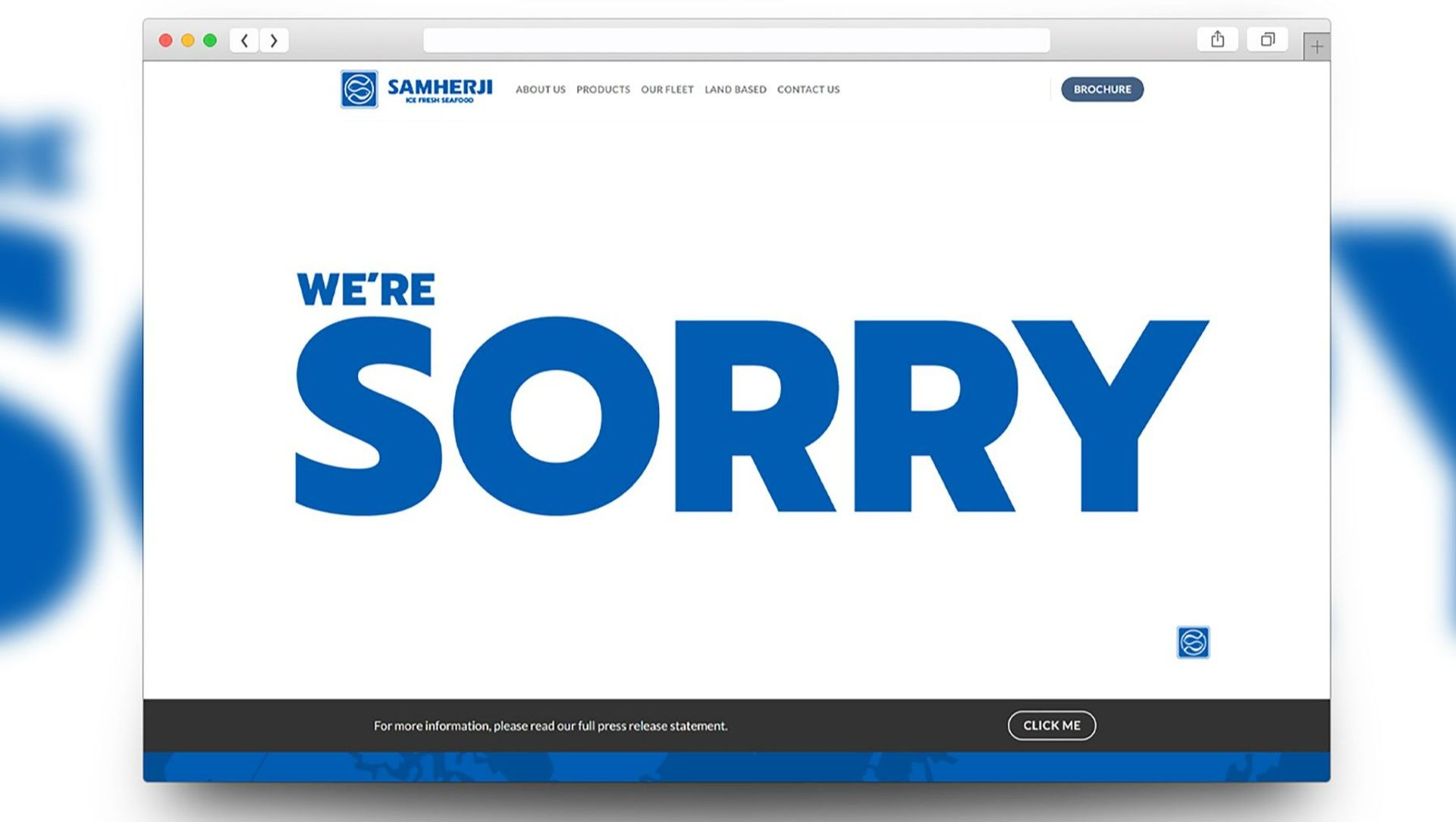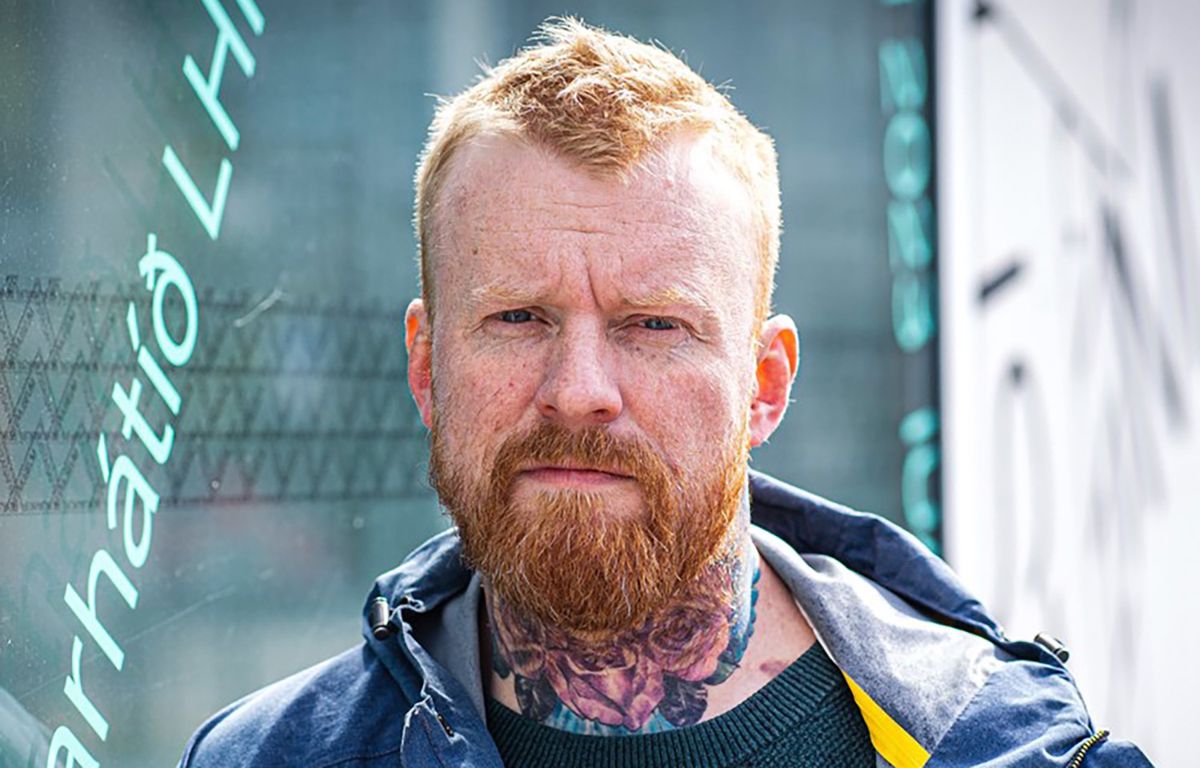The future of a website designed as part of an artwork highlighting corrupt practices allegedly committed by a multinational conglomerate will be decided by London’s High Court following a two-day hearing earlier this week.
The digital work by Oddur Eysteinn Friðriksson, a conceptual artist known as Odee, was designed to put the spotlight on a corruption scandal known as Fishrot—a multimillion-pound scheme involving bribes and kickbacks allegedly paid by Samherji Group, an Icelandic fishing business in order to obtain preferential treatment and fishing quotas in Namibia. A separate trial on Fishrot was due to take place in Windhoek earlier this year, but it has been postponed and a new date has not yet been scheduled.
Odee, who is also Icelandic, tells The Art Newspaper his artistic practice is heavily influenced by culture jamming, whereby artists use media and the public sphere to project their work which often aims to disrupt social norms. He is currently studying and researching culture jamming at the University of Bergen in Norway, where Samherji also has seafood interests and was previously embroiled in a money laundering investigation involving Norway’s largest bank, DNB.
Odee’s website was produced to run alongside an exhibition at the Reykjavik Art Museum. His work caused controversy when Samherji discovered the website and realised he had created a virtual mirror image of its corporate online presence, with a prominent apology for the Fishrot scandal on a web page that read “We’re Sorry” in large text.

Screenshot of Odee's (Oddur Eysteinn Friðriksson) satiric version of Samherji Group's website, part of his project We're Sorry (2023) Courtesy the artist
Odee told the court in London he contacted around 100 international media outlets, including the BBC, drawing their attention to his website.
The page with the fake apology, which used the Samherji typeface, branding and logo, was, Odee says, clearly recognisable as a pastiche and was revealed as such in a press release sent to the same international media outlets he had previously contacted several days later confirming the website was a work of art.
While several publications identified the new “Samherji” site as a fake, one trade publication published an article suggesting Samherji Group had indeed publicly acknowledged for its involvement in the Namibian scandal. The article was taken offline a few hours later when the true nature of the site was revealed.
Samherji Group argued earlier this year that the artwork had caused confusion and reputational damage. It sought a hearing in the London courts—the group has substantial business interests in the UK—and secured an interim injunction that obliged Odee to hand over control of the website and the domain name to Samherji. The London hearing this week sought to determine if Samherji could assume permanent control.
Intellectual property specialist Jonathan Hill, of 8 New Square Chambers, represented Samherji, while Odee, who had previously benefited from legal representation, represented himself as a Litigant In Person with the aid of an advisor, Andra Matei from the Paris-based collective Avant Garde Lawyers.
Hill, who read out a definition of art from the Oxford English Dictionary, told the presiding judge, Master Teverson, that his client's request for permanent control over the fake Samherji website “isn’t a case of a large company attempting to bully someone”.
Master Teverson has reserved judgement, which is expected to be handed down in a few weeks’ time. Outside the court, Odee said he considers the legal process and the response to be a part of the ongoing art project.
Hill declined to comment pending the judgement. Matei told The Art Newspaper that she believes “that art itself is on trial”.


